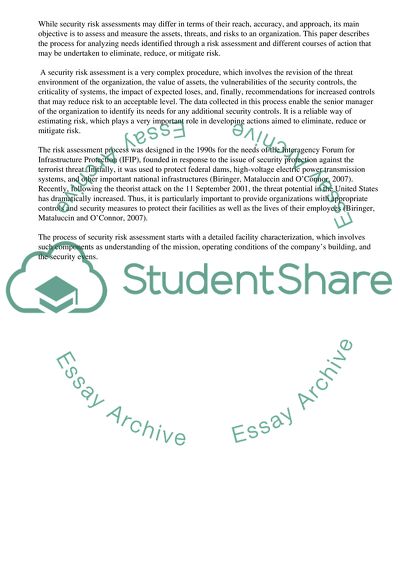Cite this document
(Security Risk Management Process in the Organization Essay, n.d.)
Security Risk Management Process in the Organization Essay. Retrieved from https://studentshare.org/management/1561357-criminal-justice-personal-security
Security Risk Management Process in the Organization Essay. Retrieved from https://studentshare.org/management/1561357-criminal-justice-personal-security
(Security Risk Management Process in the Organization Essay)
Security Risk Management Process in the Organization Essay. https://studentshare.org/management/1561357-criminal-justice-personal-security.
Security Risk Management Process in the Organization Essay. https://studentshare.org/management/1561357-criminal-justice-personal-security.
“Security Risk Management Process in the Organization Essay”. https://studentshare.org/management/1561357-criminal-justice-personal-security.


